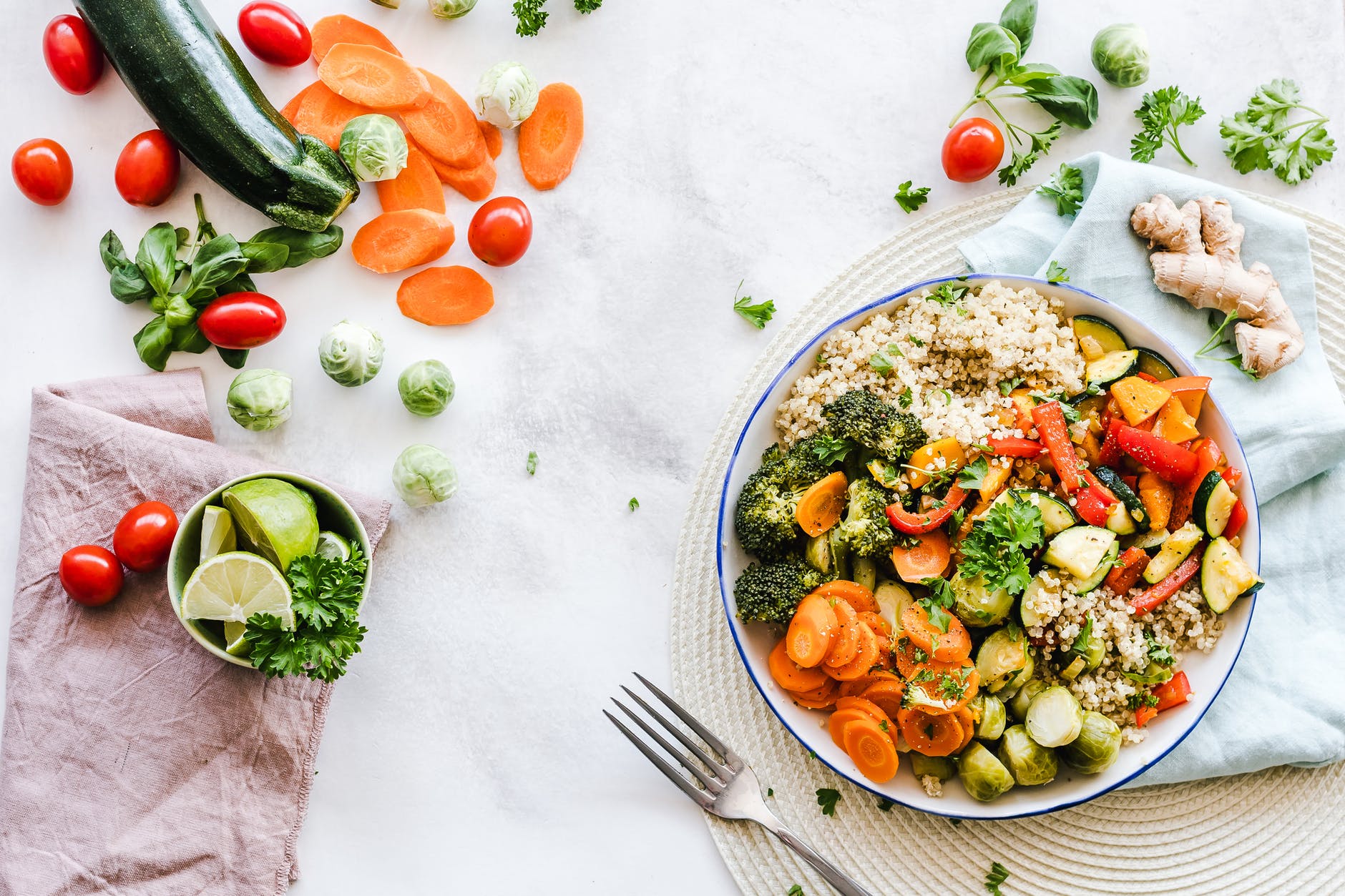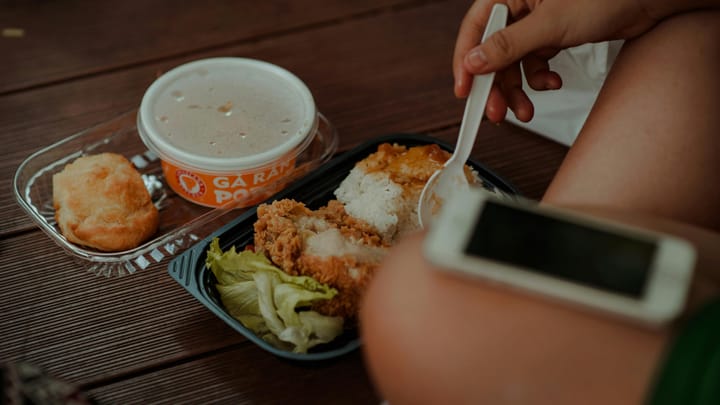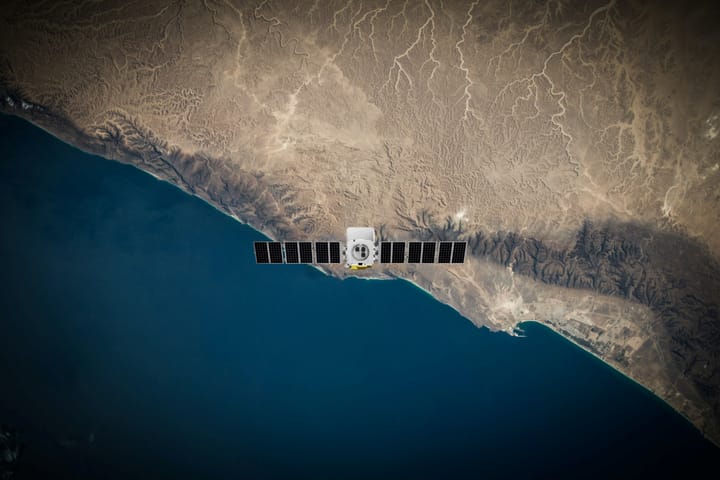Go flexitarian and start eating less meat for a more eco-sustainable diet

A few minutes every morning is all you need.
Stay up to date on the world's Headlines and Human Stories. It's fun, it's factual, it's fluff-free.
With all of the memes and jokes floating around the internet regarding different dietary lifestyles – from flexitarian to vegan to keto, from paleo to pescetarian – it’s no wonder most people aren’t interested in partaking in one form of food reservation over another. After all, a diet like the ketogenic one can often seem quite restrictive as well as exclusive and expensive.
Most of these dietary lifestyles have also been appropriated by white people without regard for other cultures that may be hijacked along the way. Case in point: Instagram veganism. Naturally, eating whatever you want, whenever you want and without putting a label on it often seems like the best option.
However, there is something to say about how the meat and fishing industries are run – and the dangers that they pose to the environment. According to a report by the Food and Agriculture Organization of the United Nations (FAO), the meat industry “has a marked impact on a general global scale on water, soils, extinction of plants and animals and consumption of natural resources, and it has a strong impact on global warming.”
Concerningly, “global meat production is expected to double from 229 million tons in 1999 to 465 million tons by 2050.” While the indiscretions of the livestock industry shouldn’t necessarily fall upon the individual, eating less meat might help us all at least feel like we’re making a difference. No, that doesn’t mean that you have to become a fruitarian (yes, that’s a real thing). Instead, you can make a substantial difference following a vegetarian or even a more plant-heavy omnivorous diet – i.e., going flexitarian.
What exactly is the flexitarian diet?

The term “flexitarian” is a play-on of the word “vegetarian.” Essentially, if you aren’t interested in limiting your meat intake entirely, but still want to focus on a plant-based diet, you can consider yourself a flexitarian. A flexible vegetarian. Sure, the term is obnoxious. But it’s not inaccurate.
The fact of the matter is that if you have certain food allergies that already limit what you can eat, if you’re working within a specific budget, if you live in a place with inadequate food resources or if you just like to eat meat, then a vegetarian or vegan diet will not appeal to you or work for your lifestyle.
There are plenty of vegans out there who may judge you for eating meat, but there are plenty more who embrace any shifts toward a decline of global meat consumption. This isn’t about the judgment you can get from other people, anyway. It’s about improving the environment as well as your own health, while still being realistic about your body’s wants and needs.
A realistic approach to being a flexitarian
Many young people are working on limiting their meat intake, whether due to health benefits associated with various vegetarian diets and lifestyles, for sustainability reasons or out of concern for animal welfare. Whether the flexitarian diet is a step you’re taking toward vegetarian or veganism, or if it’s your final destination, it’s worth the effort!
If you intend to drastically change your current diet, then seek advice from your doctor, dietitian or nutritionist. And, when starting off on this kind of lifestyle change, it is also crucial to remain nonjudgmental of yourself and others. If you don’t stick to your plan one day, you’re not “cheating” or being “bad.”
There is no need to moralize your eating behaviors. You are a human being who deserves to eat the food that you want to eat. This is all about the long-term trends of eating and a more general lifestyle change, not about every single thing you consume. There’s no room for nitpicking here.
Now is your chance to explore new foods
Looking at any kind of dietary lifestyle as a restriction of the foods you love rather than an exploration of all the kinds of foods you’ve never tried out is … a bummer. In the case of eating more plant-based options rather than meat, this is especially so.
For instance, there are so many international foods that don’t have any meat in them at all. So, maybe it’s time to expand your palate. Going flexitarian is your excuse to step outside of your comfort zone and engage with the foods of cultures you may otherwise be unfamiliar with.
Many Ethiopian foods, for example, are vegetarian and vegan friendly. A lentil dish like Misir Wot is high in protein and fiber, and it’s made mostly using inexpensive pantry staples. Indian food, too, is usually a pretty safe go-to for vegetarians and even vegans. With traditional dishes like malai kofta, masoor dal, vegetable samosas and aloo gobi, there is so much to try.
Take a look around, and see what regions you haven’t really tried foods from, then maybe snoop around some menus. Korean, Japanese, West African, Chilean, Italian, Mexican, French, Chinese and Middle-Eastern cuisines often have recipes rife with delicious meatless ingredients.
As always, it’s best to patronize independent restaurants in your area that serve these foods, or make them yourself following recipes by people from the respective regions that these foods are from. We don’t want to be appropriating other people’s ethnicities and cultural backgrounds while making efforts to better ourselves. All of the recipes linked in this article are authentically sourced.
Taking steps in the right direction
Again, being flexitarian isn’t about being perfect, it’s about being flexible! So work on one thing at a time. Here are a few different ways to begin shifting your attitude and lifestyle:
Designate one or two days a week to be completely vegetarian
Chances are, there are already so many meatless foods and meals that you already regularly consume, like pasta, pizza, oatmeal, pancakes, hearty salads, grilled cheese, falafel, spring rolls, ramen, curries, cereal, lentil soup and more. Just designate specific days when you only eat those kinds of meals.
Permanently switch out a few ingredients
Stop buying cow’s milk and substitute oat or almond milk instead. Replace the chicken nuggets in your freezer with those vegan ones. Buy the veggie ramen packages instead of the chicken flavored ones. When ordering pizza, get your favorite veggies on top instead of pepperoni. Once you begin thinking about how to get more veggies and plant-based sources of nutrition in your diet, you can also begin phasing entire meat and dairy products out of your usual mix.
Stop cooking meat yourself
Limit it for when you order out or go somewhere to eat. Instead, try out a few plant-based protein sources until you find one or two that you like. Tofu is incredibly versatile, as long as you follow a recipe and give it a chance. There’s also tempeh, seitan and whole foods like lentils and chickpeas. This way, you can really appreciate meat when you do eat it, and it’s pretty much guaranteed to taste awesome from your favorite restaurant. Plus, vegetarian ingredients are often less expensive than meat at the supermarket.
Cut meat out entirely from a specific meal that you eat every day
For instance, make breakfast your meatless meal of the day, every day. Or lunch, or even dinner (if you’re feeling adventurous). You could also do the exact opposite and try to limit meat consumption to only once a day, too. For instance, reserve it for dinner.
When it comes to changing your diet, hard and fast planning may not be for you. So try a few things out and see how your body responds. Eating intuitively and keeping yourself in a healthy state of mind is what will continue to motivate you on this journey.
Have a tip or story? Get in touch with our reporters at tips@themilsource.com




Comments ()